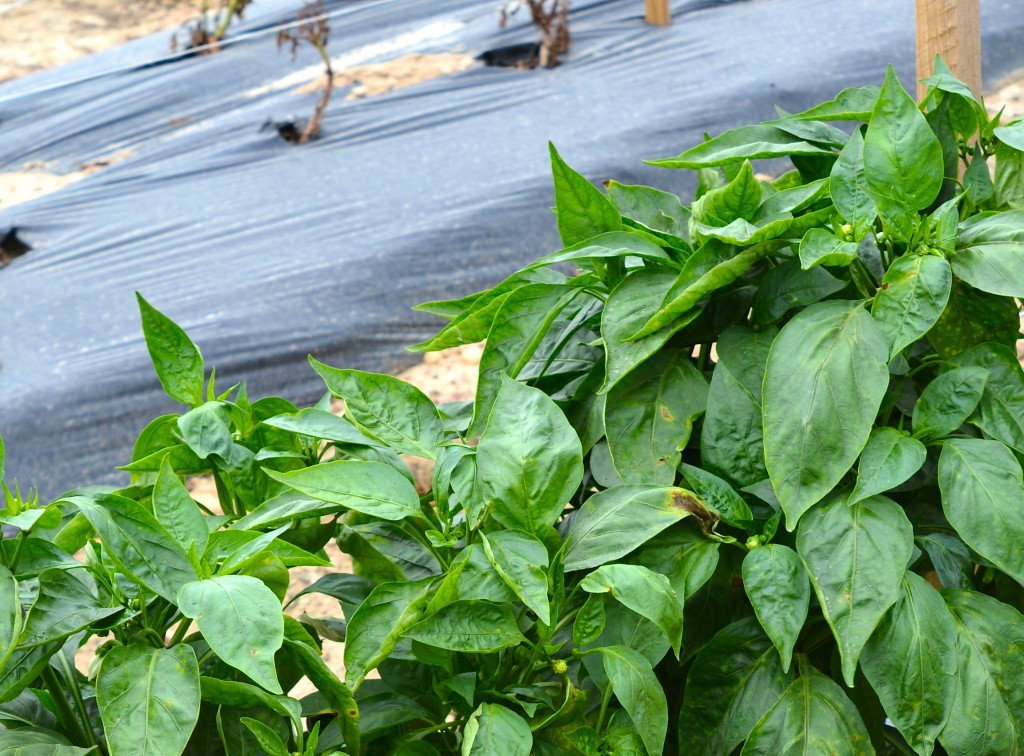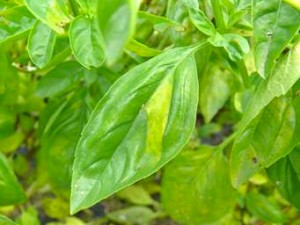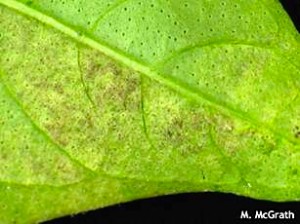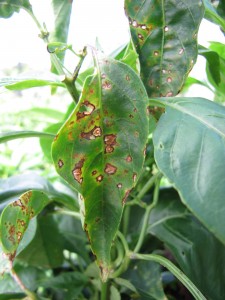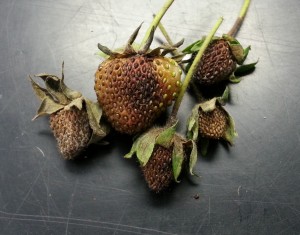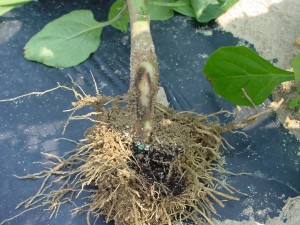The 2019 Bell Pepper Variety Trial Report for the evaluation of bell pepper cultivars with varying levels of resistance to bacterial leaf spot is now available on-line by clicking the link below. Bacterial leaf spot in bell (and non-bell) peppers causes significant problems each year. In recent years, a number of new bell pepper cultivars with resistance to ten races of the pathogen have become commercially-available; these cultivars are often referred to as having X10R resistance. Yield and fruit quality data from trials done at RAREC and at an on-farm site in Vineland, NJ last summer are included in the report.
For more information on bacterial leaf spot in pepper please click here.

